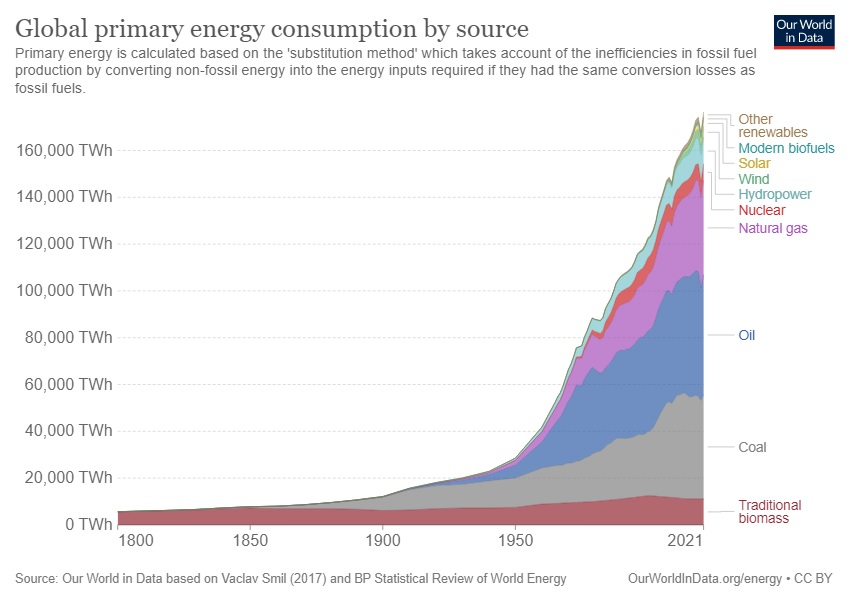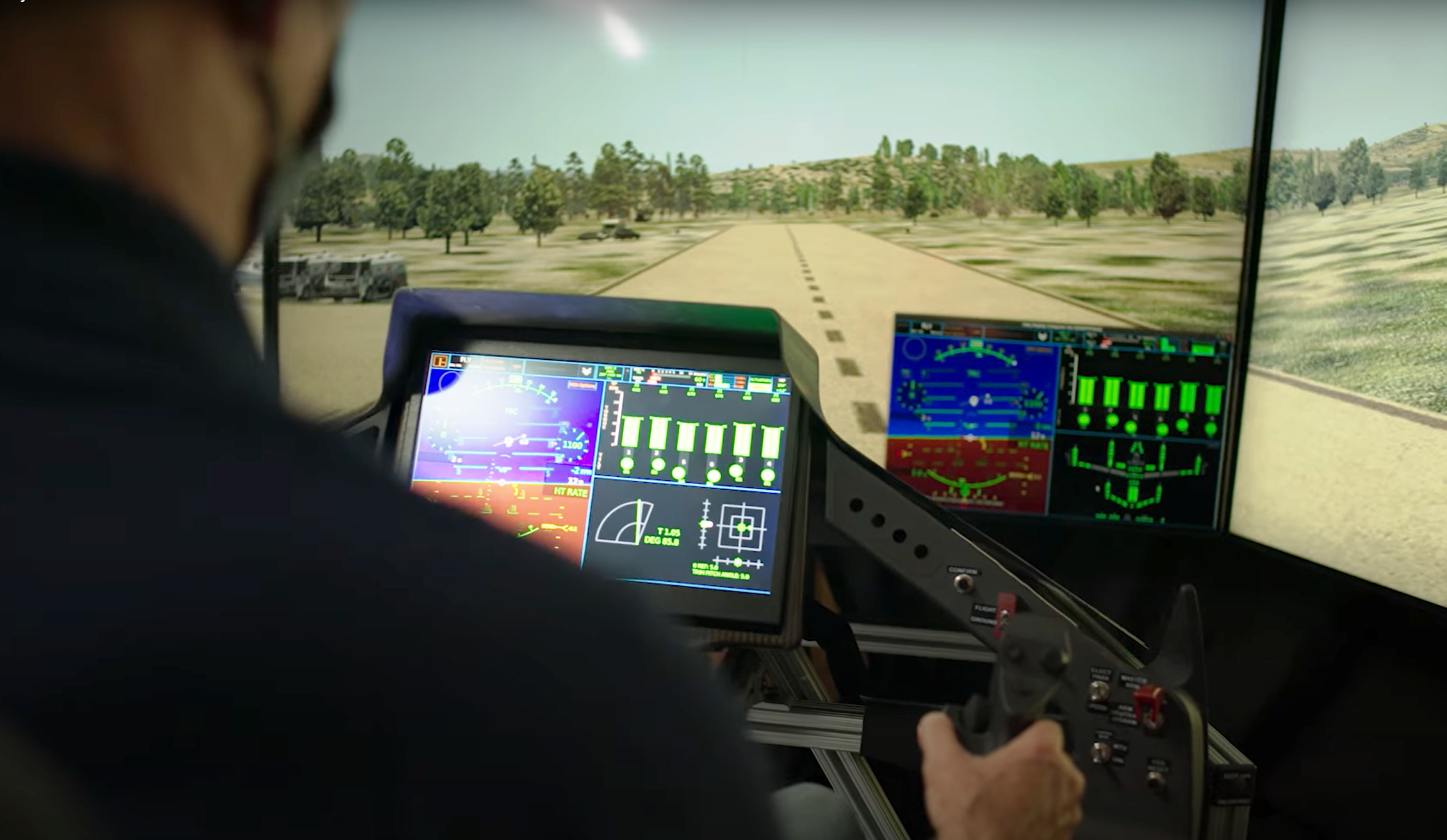Leeham News and Analysis
There's more to real news than a news release.
Bjorn’s Corner: Sustainable Air Transport. Part 46. eVTOL comparison with helicopter
November 18, 2022, ©. Leeham News: In the comments to last week’s Corner, there were requests for a comparison with a helicopter re. Sustainability (kWh/km). Here you go.
I also threw in a cost of operations discussion, as the helicopter is the present alternative to an eVTOL for city-to-airport air transports.
Read more
Bjorn’s Corner: Sustainable Air Transport. Part 45. eVTOL, how green?
November 11, 2022, ©. Leeham News: We have spent some 50 articles going through the new air transport category, eVTOL, or electrically propelled Vertical TakeOff and Landing vehicles.
They promise to replace the helicopter for local air transport above congested cities and highways.
The question is now: How do eVTOLs fit in sustainable air transport? Are they a green way of starting a flight journey, and how does it compare to alternative transports?
Bjorn’s Corner: Sustainable Air Transport. Part 44. eVTOL operating costs.
November 4, 2022, ©. Leeham News: This is a summary of the article Part 44P, eVTOL operating costs. It discusses the operational costs of a typical eVTOL flying a feeder mission from a city center to an airport.
The dominant cost factors are not the ones eVTOL companies love to discuss, like the electricity bills.
Bjorn’s Corner: Sustainable Air Transport. Part 44P. eVTOL operating costs. The deeper discussion.
Subscription required
By Bjorn Fehrm
November 4, 2022, ©. Leeham News: This is a complementary article to Part 44, eVTOL operating costs. It discusses the typical operating costs we can expect from an eVTOL when used in an air taxi operation.
Despite the operation of such transports being years off, an eVTOL has dominant cost factors that can be estimated today.
Bjorn’s Corner: Sustainable Air Transport. Part 43. eVTOL IFR range.
October 28, 2022, ©. Leeham News: This is a summary of the article Part 43P, eVTOL IFR range. It discusses the range of a typical eVTOL flying a feeder mission from a city center to an airport during IFR conditions.
IFR conditions mean we have a dicey weather forecast for our airport destination and must plan with an alternate landing site where the weather forecast is better.
Bjorn’s Corner: Sustainable Air Transport. Part 43P. eVTOL IFR range. The deeper discussion.
Subscription required
October 28, 2022, ©. Leeham News: This is a complementary article to Part 43, eVTOL IFR range. It discusses the typical maximum range we can expect from a certified eVTOL when it faces IFR weather conditions.
Flying in IFR conditions requires flight planning with increased reserves if the eVTOL can’t land at the destination airport and must divert to an alternate airport.
Bjorn’s Corner: Sustainable Air Transport. Part 42P. eVTOL mission range. The deeper discussion.
Subscription required
October 21, 2022, ©. Leeham News: This is a complementary article to Part 42, eVTOL mission range. It discusses the typical maximum range we can expect from a certified eVTOL by mid-decade.
We have described the vehicle and the mission data in the three previous Corners; now, we analyze the energy consumption for the mission and discuss the range we can achieve.
Bjorn’s Corner: Sustainable Air Transport. Part 41. VTOL mission calculations.
October 14, 2022, ©. Leeham News: Last week, we defined the phases of an eVTOL mission that shall show us the typical range and endurance of the eVTOLs of a hybrid vectored thrust/lift and cruise eVTOL, similar to a Vertical VX4, Figure 1.
Several parts of the energy consumption calculations are complex, and surprisingly it’s not the vertical parts. We go through why and how we calculate the energy consumed for the mission.
Bjorn’s Corner: Sustainable Air Transport. Part 40. VTOL mission.
October 7, 2022, ©. Leeham News: Last week, we discussed the reality of mass fractions for certified aircraft. There is an abundance of statistics on projects that have gone through the arduous development and certification phase, which always turns out heavier than projected.
Using such statistics, we have a base from which to fly a typical hover and cruise eVTOL design and see what we get in terms of energy consumption and range.
Bjorn’s Corner: Sustainable Air Transport. Part 38. Piloting the VTOL
September 23, 2022, ©. Leeham News: Last week, we looked into the hardware needed for the Flight Control System (FCS) of the eVTOLs in development.
We could see the redundancy of the FCS had to be extensive as the tricky hover to forward flight transition demanded a full-time Fly By Wire concept with no direct mode backup.
Yet the FCS hardware demands are not the main problem of a safe eVTOL FCS. The pilot interaction is. Not because it’s tricky. Because every project does it their way.






